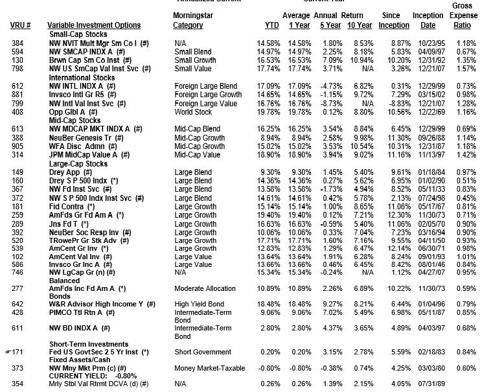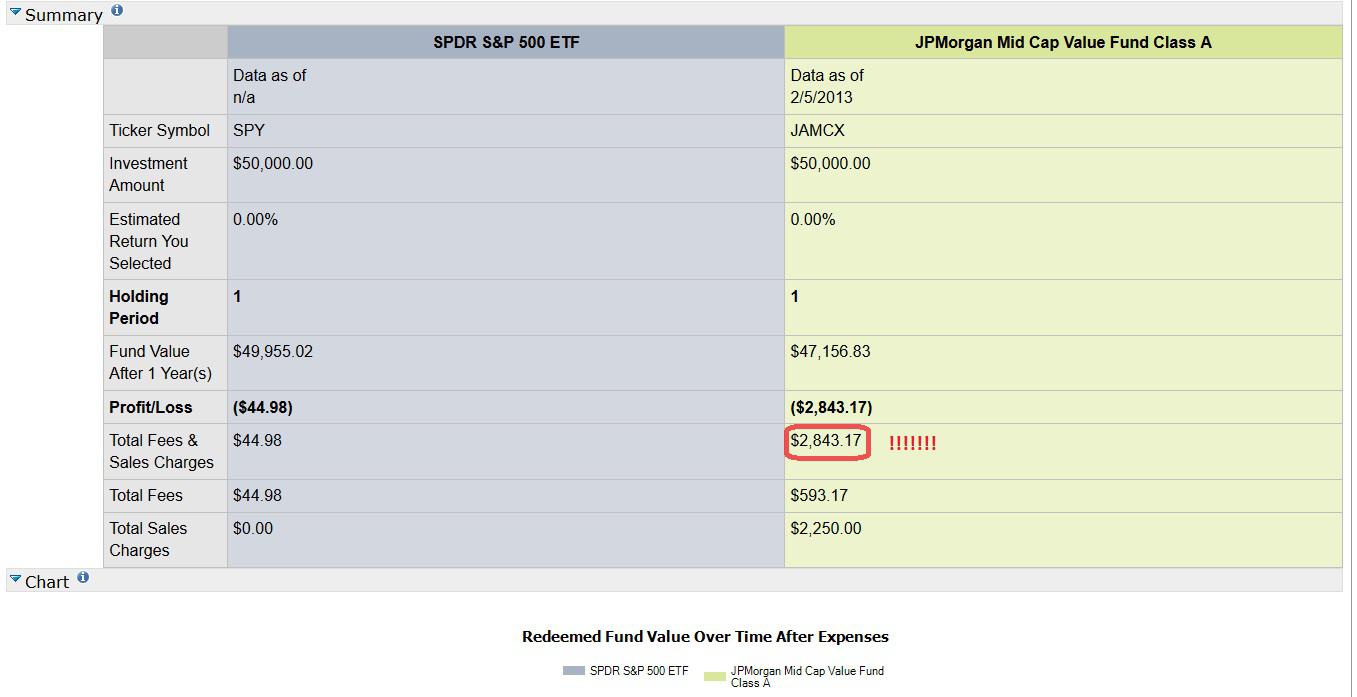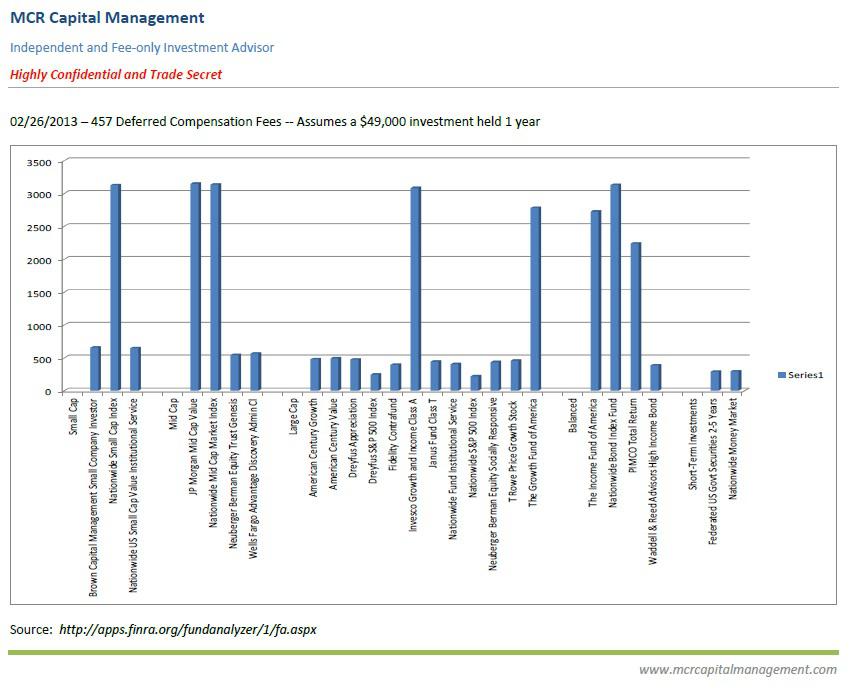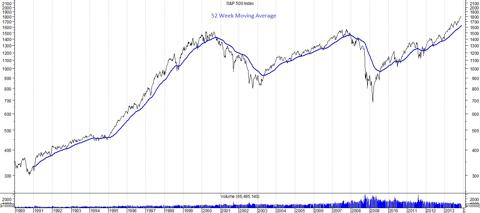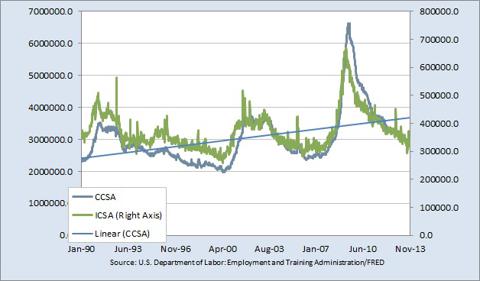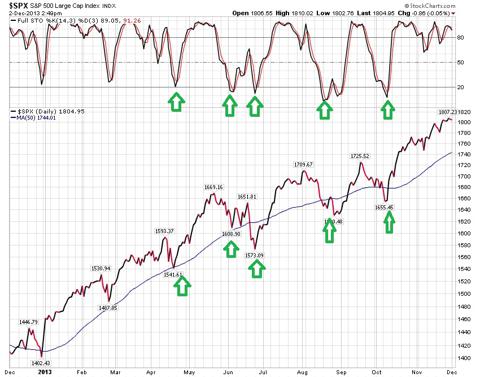Debt Hater for Fromdebttodreams.com writes: As tax season draws closer and you start to receive your W2 forms in the mail if you are currently paying off your student loans, there is some good news. Employers must send your W2 forms in the mail by January 31st, and your student loan provider must also provide you with a form by this date. This form is known as 1098-E and it will show you the amount of student loan interest that you paid during the year. You can then use this form (or multiple forms from multiple lenders) to take a student loan interest tax deduction.Normally the only type of loan interest that is deductible from your taxes is from mortgages, but in the case of student loan interest there is a special deduction that you can use to your advantage. You can deduct up to $2,500 in student loan interest, and while this isn’t perfect – it definitely helps. Most people will not hit this amount and it has not changed from 2012. I know that I will personally hit this cap and probably even go over, but there’s nothing we can do about it right now.
You are also only allowed to take the student loan interest tax deduction if your modified adjusted gross income is less than $75,000 or $150,000 for couples that are filing jointly. This covers probably 95% of people, but I’d personally like to see this raised even higher. I know that most doctors and other medical professionals are usually able to secure a six-figure salary, but many times they also have six-figure debt! A deduction to student loan interest would be extremely helpful for these young professionals, and give them more disposable income to put towards a house, cars, etc. Many people in my generation are delaying large purchases due to their massive student loan debt.
You also need to remember that you can only deduct this income for student loans, not for a personal loan you took out for school, or maybe a student loan that you converted to a personal loan. Both government and private loans count here, and private loan providers should also provide you with a 1098-E form. The student loan has to have been used for the following expenses/purchases:
- Tuition
- Room and Board
- Books and Supplies
- Other Expenses like transportation
The final piece that you need to know about the student loan interest tax deduction is that you don’t need to itemize in order to take this deduction. You don’t need to file a Schedule A and use the itemized deductions form. You can simply use a 1040A form, take your standard earned income tax credit and then also take student loan interest tax deduction. You can not use the 1040EZ form if you plan on taking your student loan deduction! For a little extra effort, I think it’s worth it to lower your taxable income for up to $2,500.
Comments:
2 THOUGHTS ON “DON’T FORGET YOUR STUDENT LOAN INTEREST TAX DEDUCTION”
- I tried to take my 2500 deduction, but since I’m married filing separately I can’t. It definitely felt like a punch in the face when I saw that $19,000 in interest spelled out for me on the form! But this was my first year of repayment and it should all be gone by 2016.
